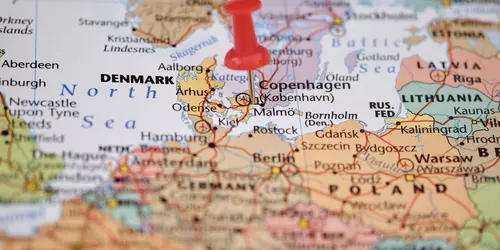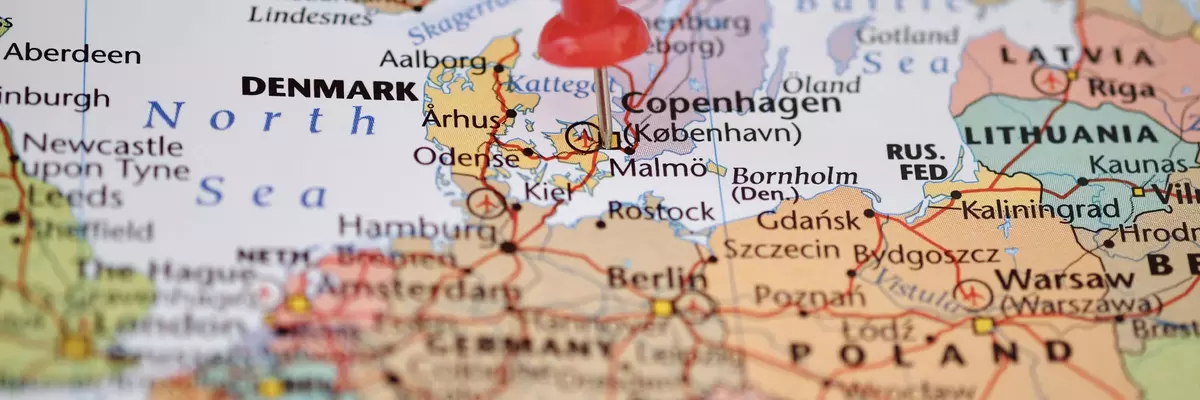
The climate year of Denmark
The peculiarities of Denmark compared to the other northern states in Europe are that Denmark has 406 islands, has a coastline of 7314 km and the highest elevation is just 170 meters above sea level. The average wind speed is 7.6 meters per second and the country is therefore the largest exporter of wind turbines in the world. Denmark has the cool temperate climate for Northern Europe, with warm summers and comparatively mild winters, as it is surrounded by water on all sides. Temperatures fluctuate little throughout the year, hardly ever rising above 20 degrees in summer, and it rarely gets hot. The Gulf Stream ensures that temperatures do not slip much into the minus degrees in winter, because the North Atlantic Current brings warmth from the Atlantic to Denmark. There is quite a lot of precipitation throughout the year, although the months of May and June are drier.
General information about Denmark
The best time to travel to Denmark with dry weather and long days are May and June, but these months are not yet suitable for swimming vacations, as the water temperatures of the North Sea and Baltic Sea are still very low then. In these months are ideal trips to the sights in Denmark, of which there are an infinite number. For example, there is Tivoli Park in downtown Copenhagen, a world-famous amusement and recreation park, decorated with flower beds and fountains. The bronze Little Mermaid on the Langelinie waterfront in Copenhagen is a landmark of the city and comes from a fairy tale by Danish poet Hans Christian Andersen. Anyone traveling with children in Denmark must visit LEGOLAND Park in Jutland, which now has over 60 million LEGO® bricks built with the models and is located just a few kilometers from the LEGO factories. Worth a visit is the largest and most important building of the Nordic Renaissance, the Frederiksborg moated castle in Hillerod on the island of Zealand, which is now the Danish National History Museum.
Tourism Denmark
The differences in climate between southern and northern Denmark are not very great, but the differences between the east and west coasts are more noticeable, because the Gulf Stream does not have as great an influence on temperatures on the east coast as it does in the west. The east of Denmark provides low temperatures until spring, with the exception of the island of Bornholm, which has a milder and sunnier microclimate. For seaside vacations, the months from June to August are recommended, the most precipitation falls from October to January with an average of 17 rainy days per month. Autumn and winter are recommended only to those travelers who love the rough, uncomfortable sea.

